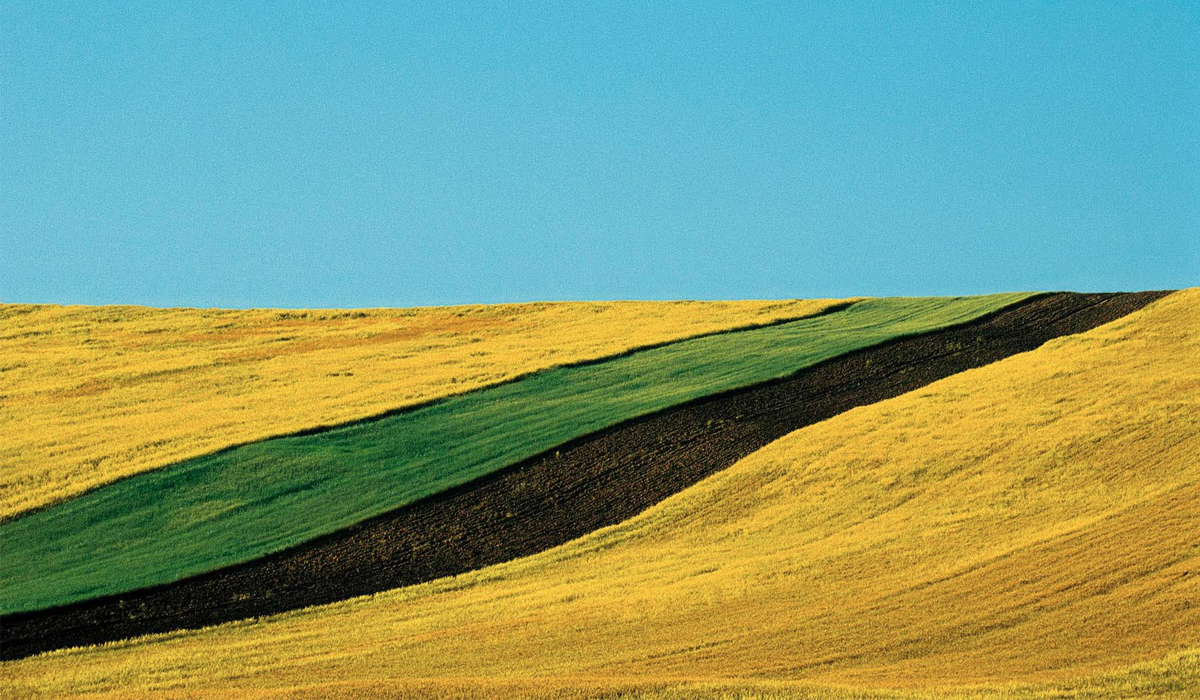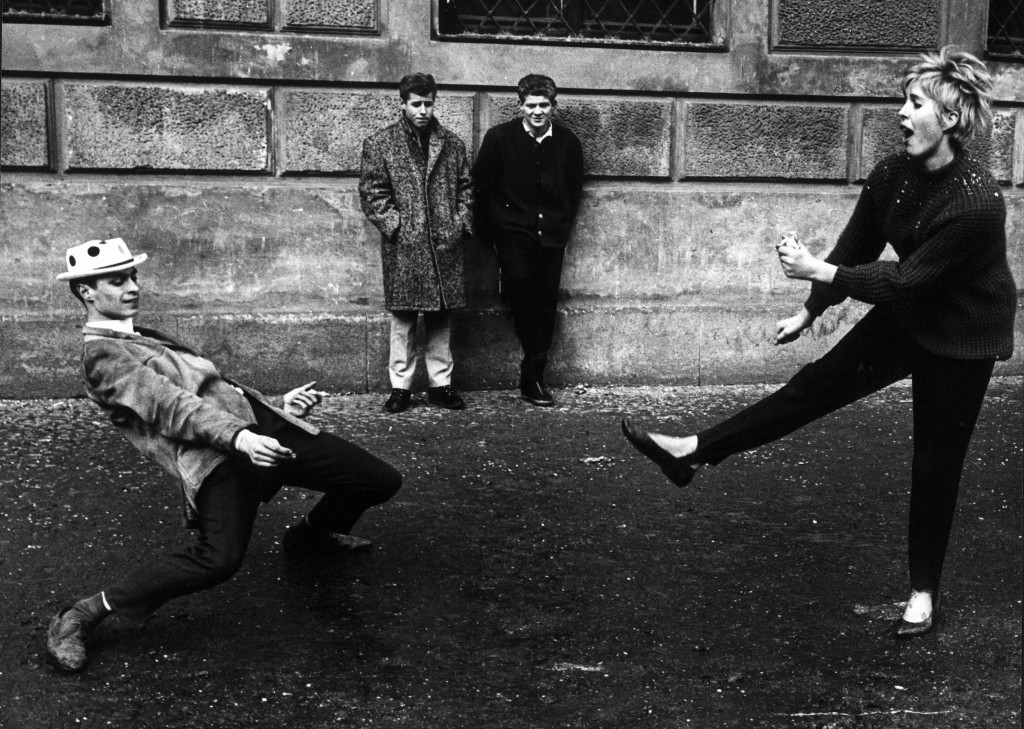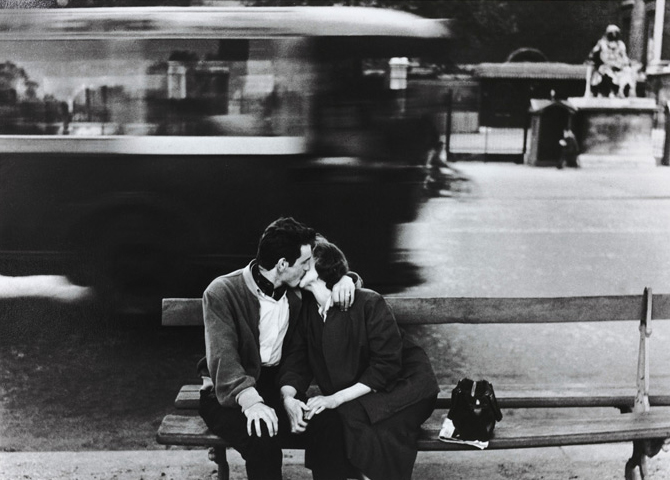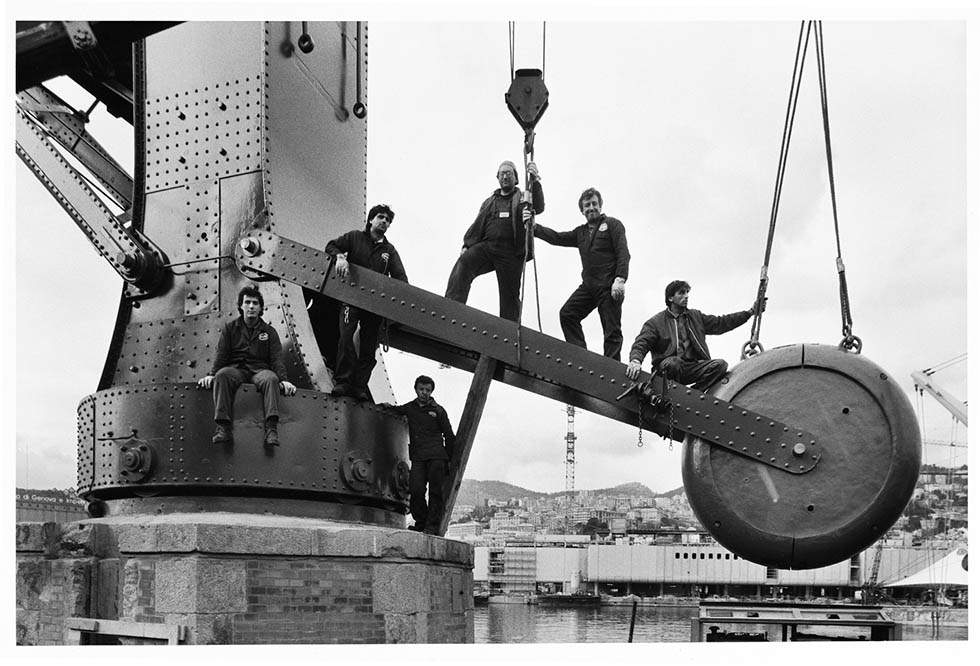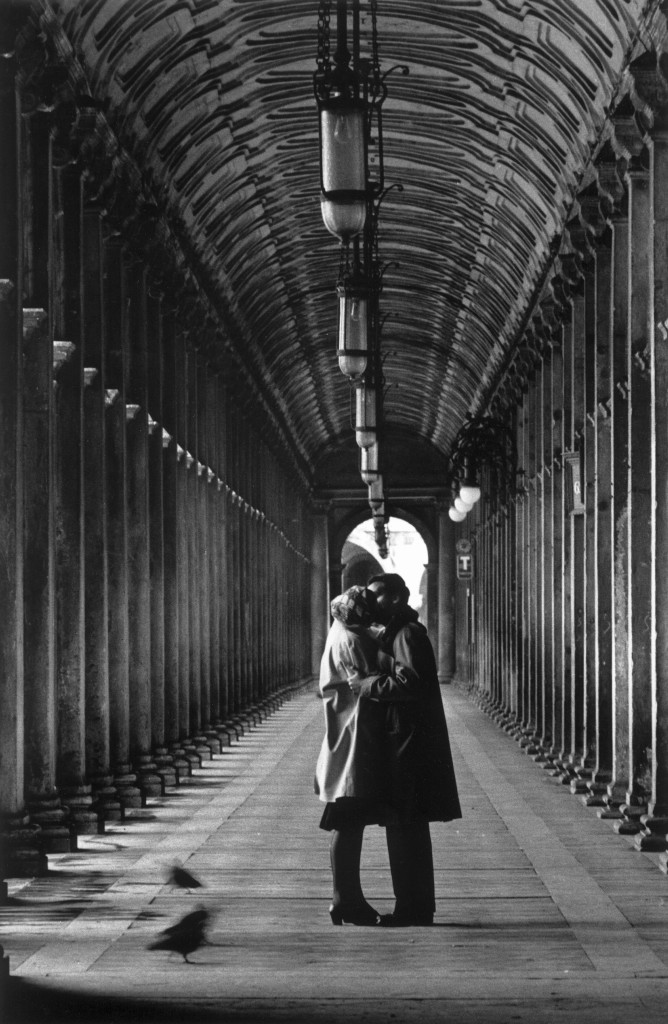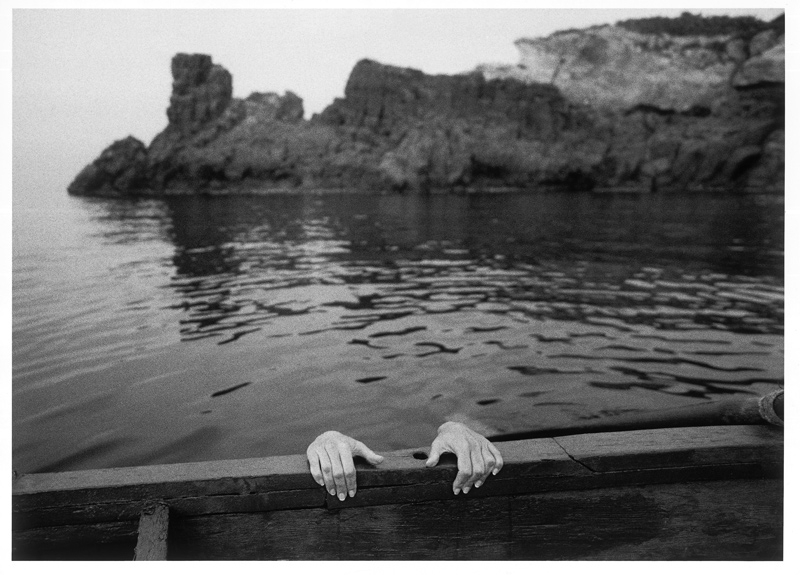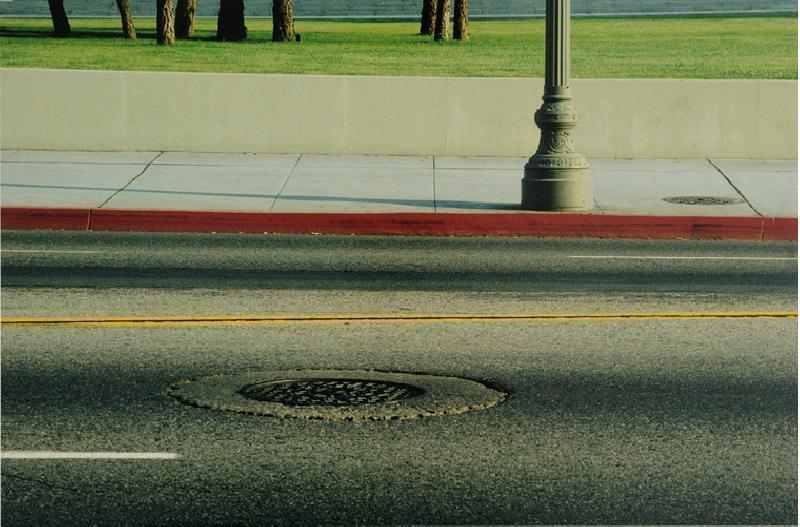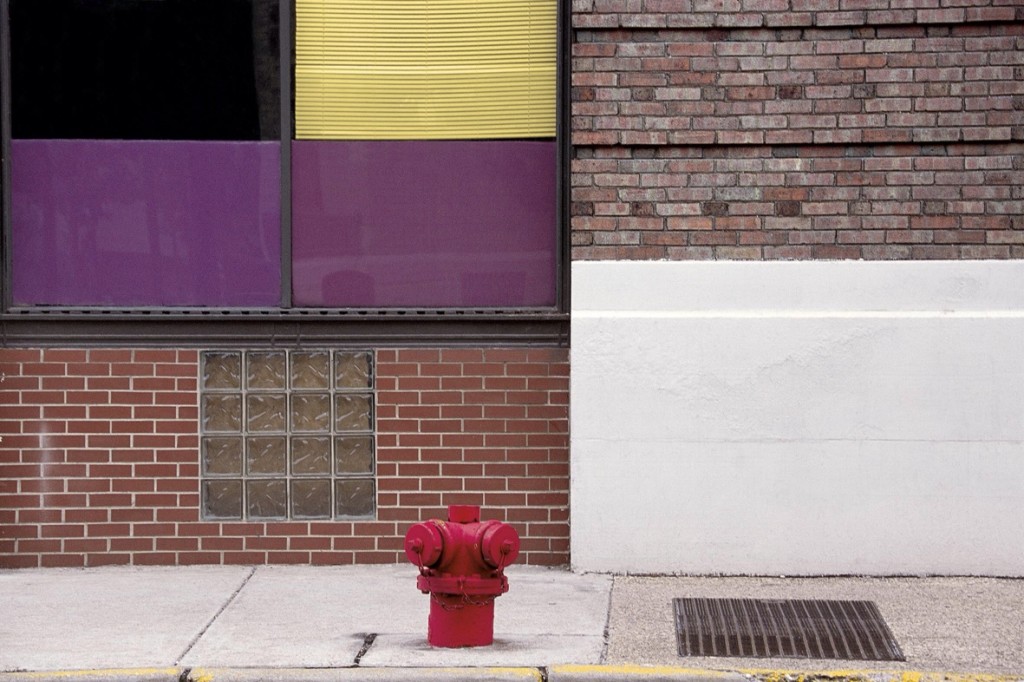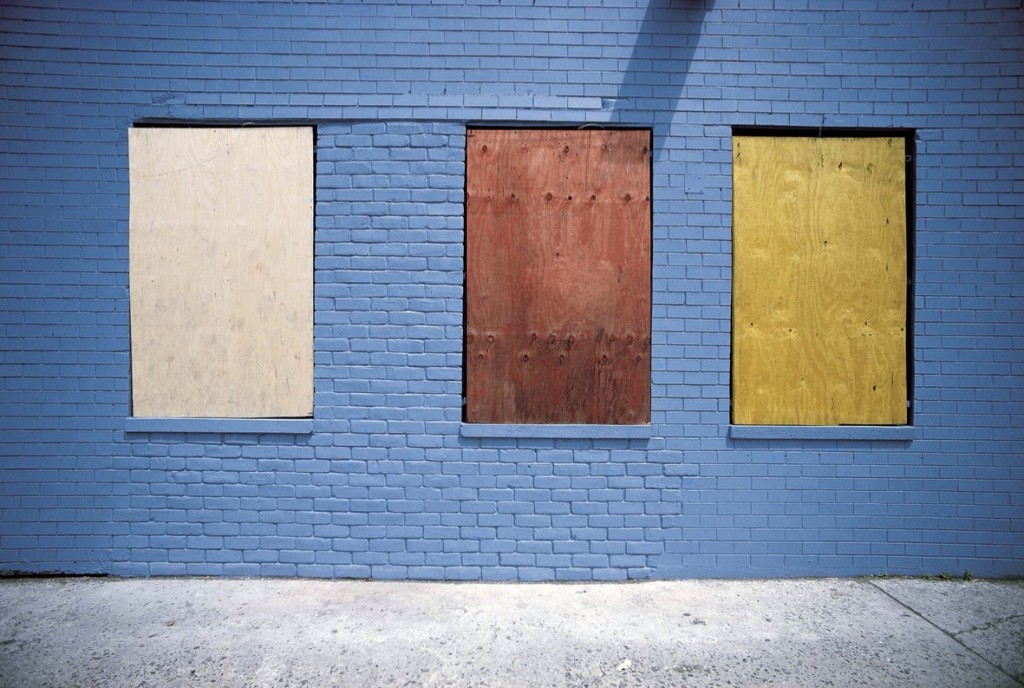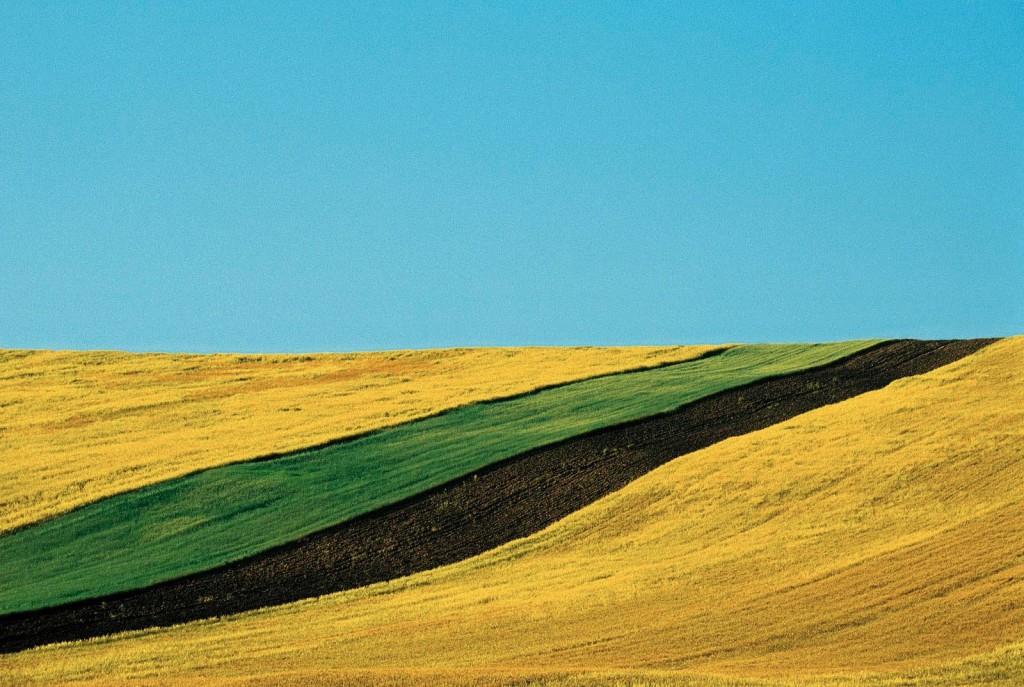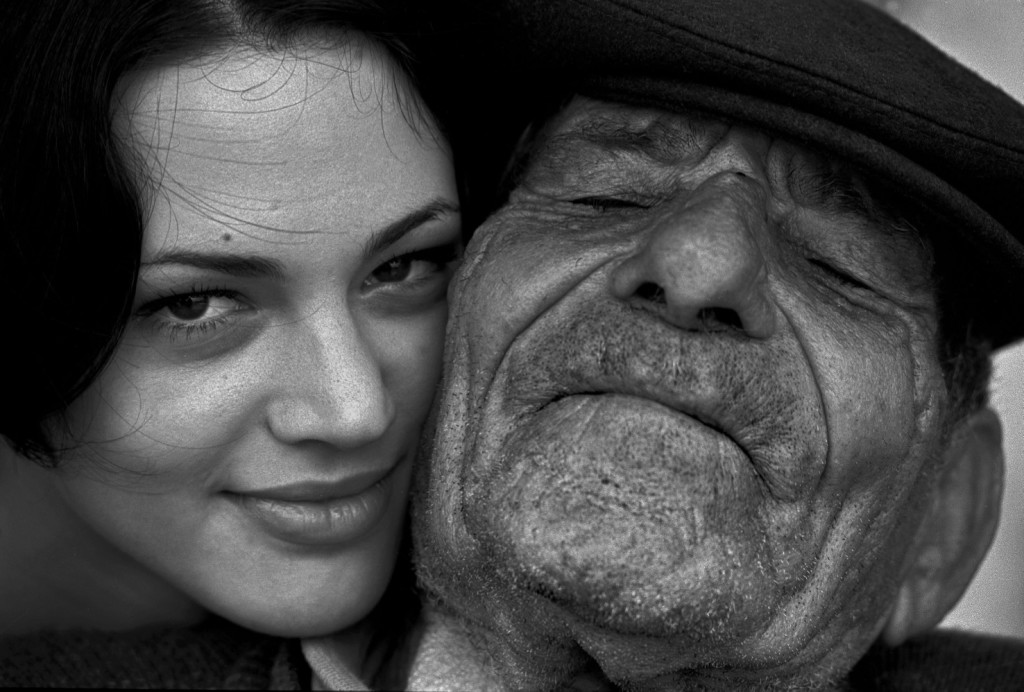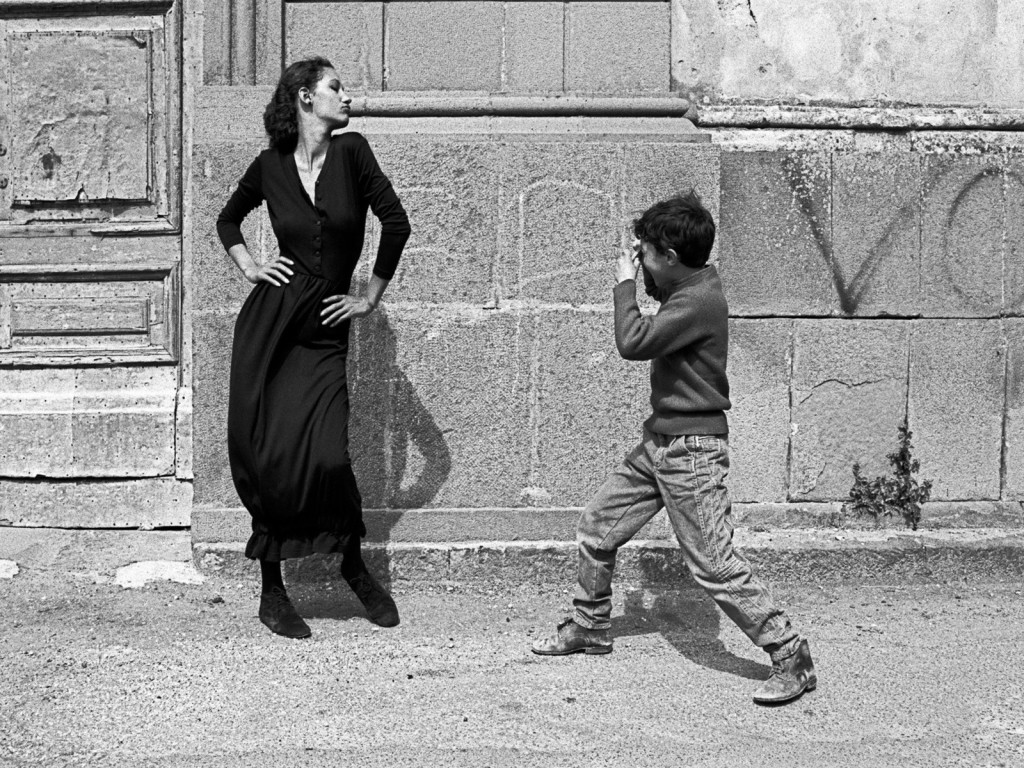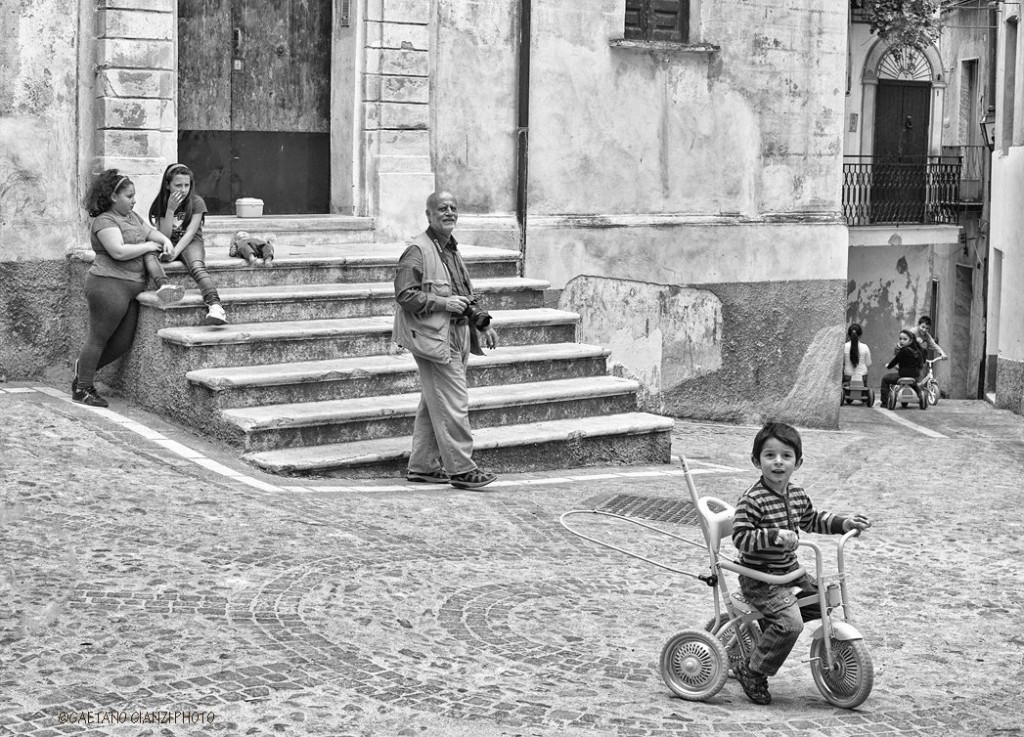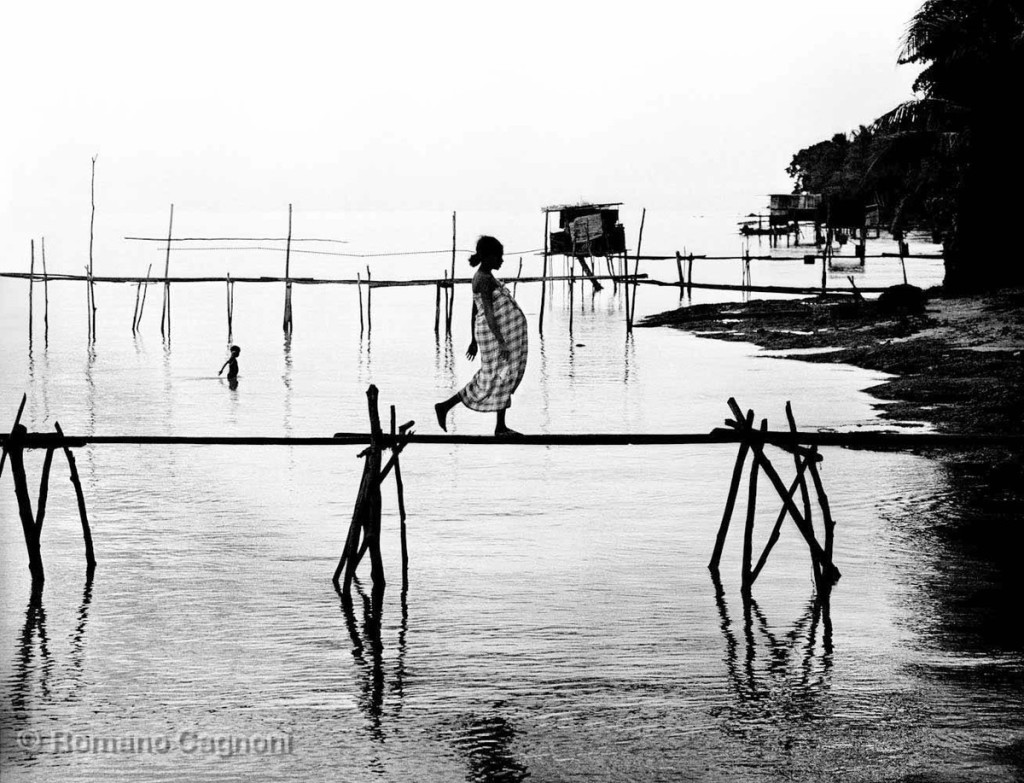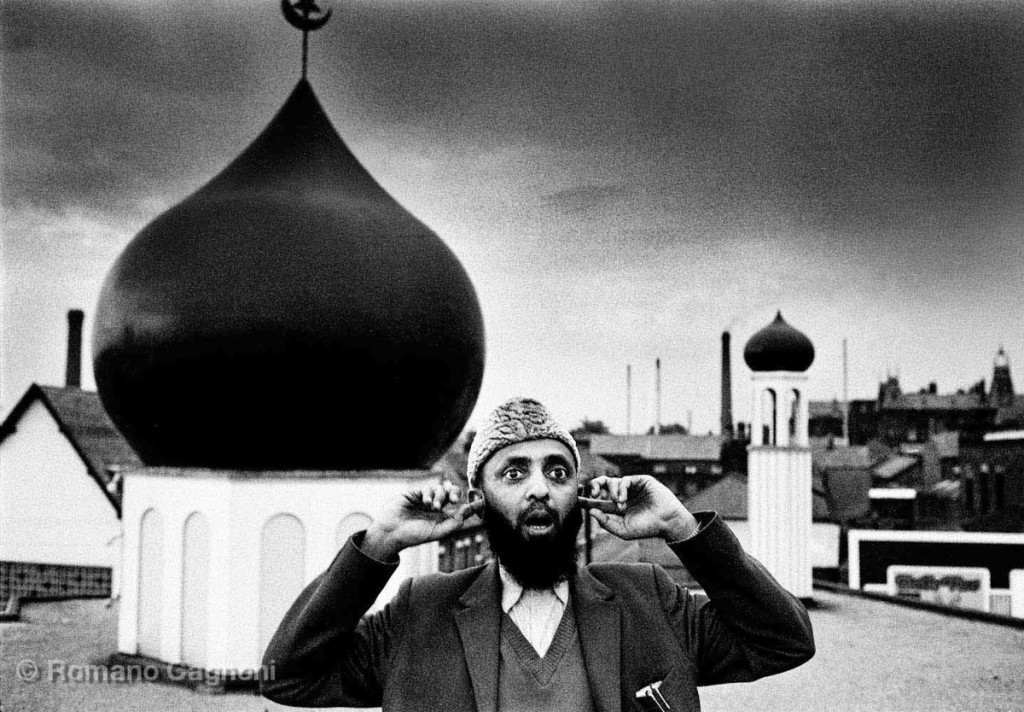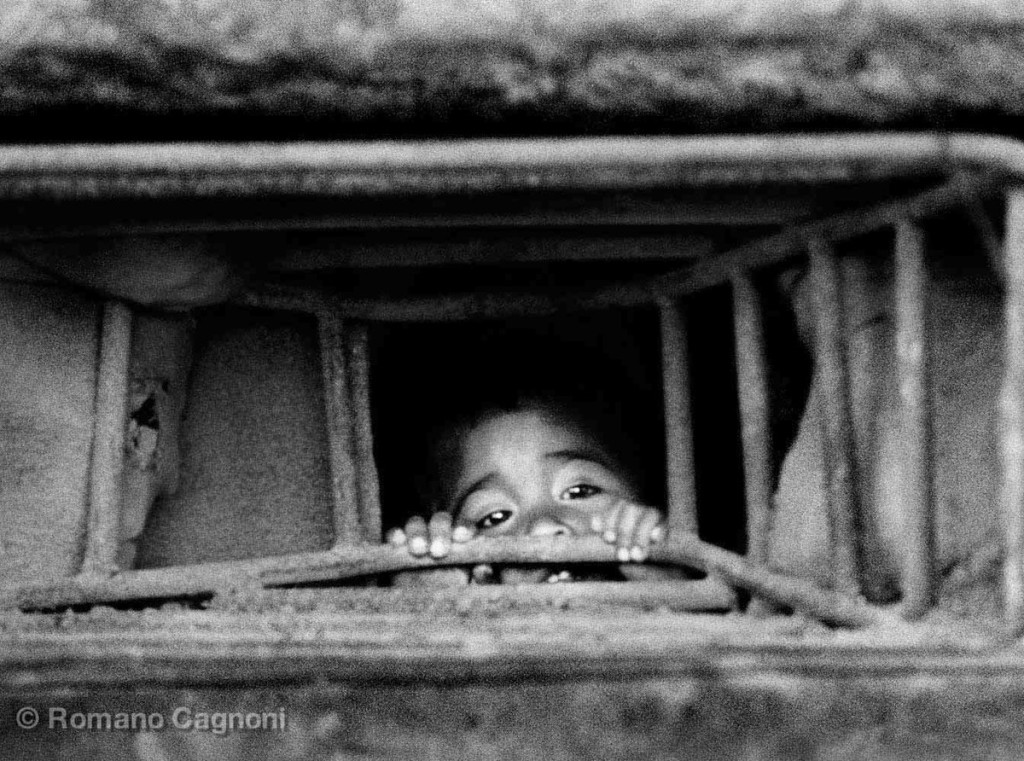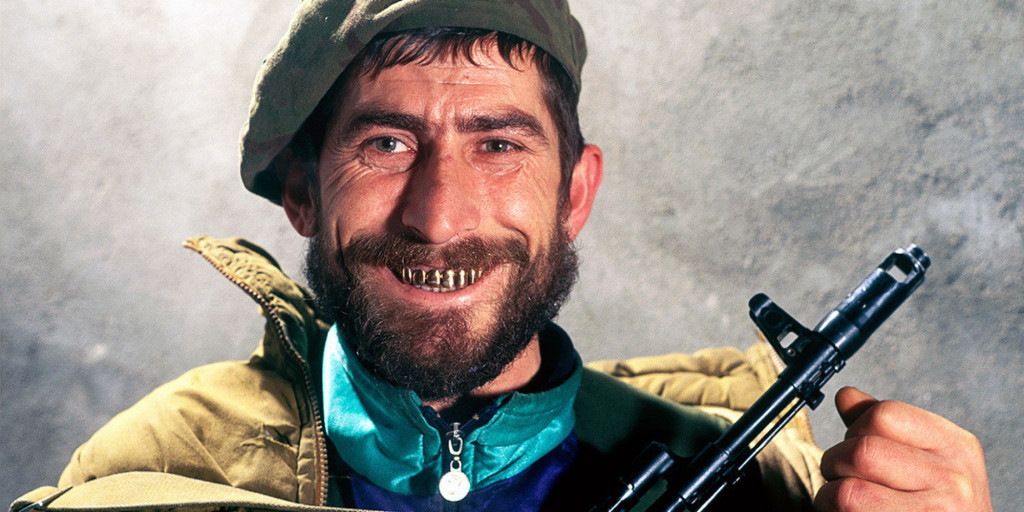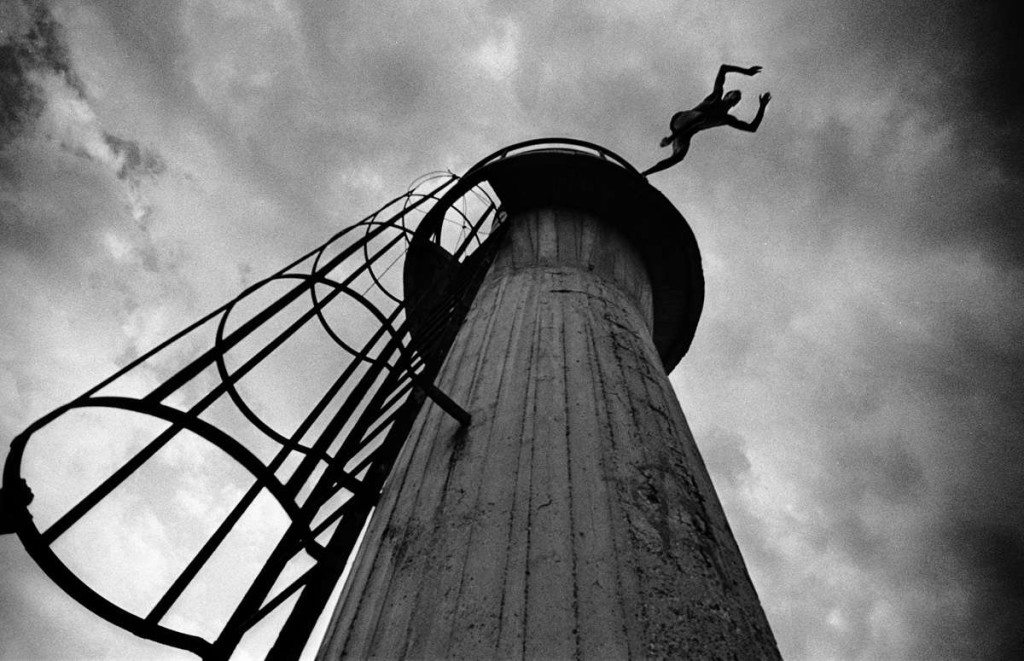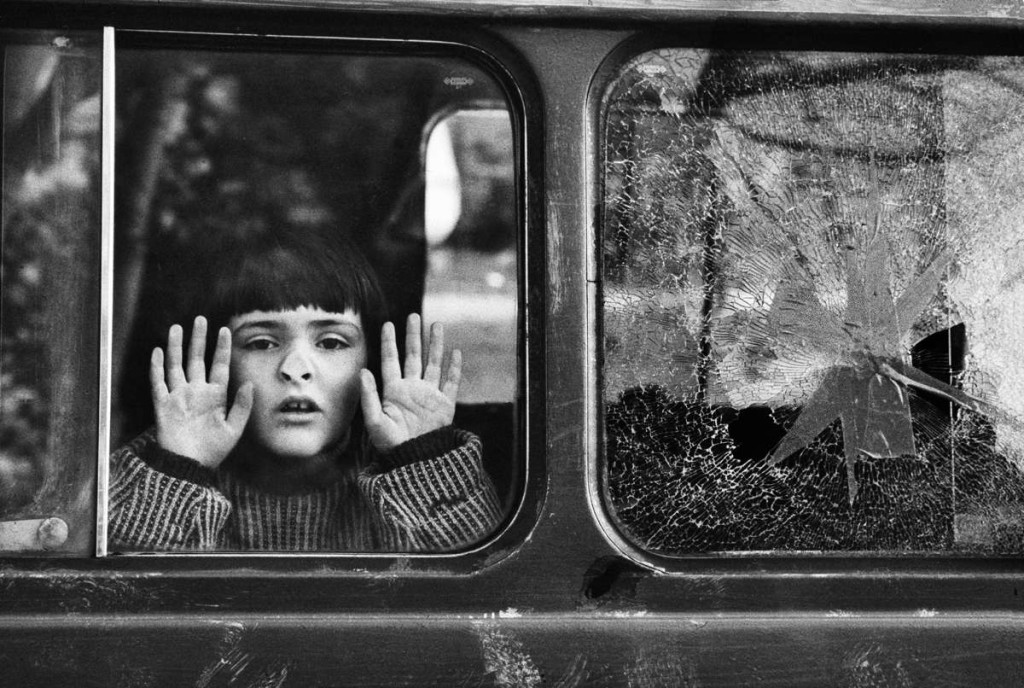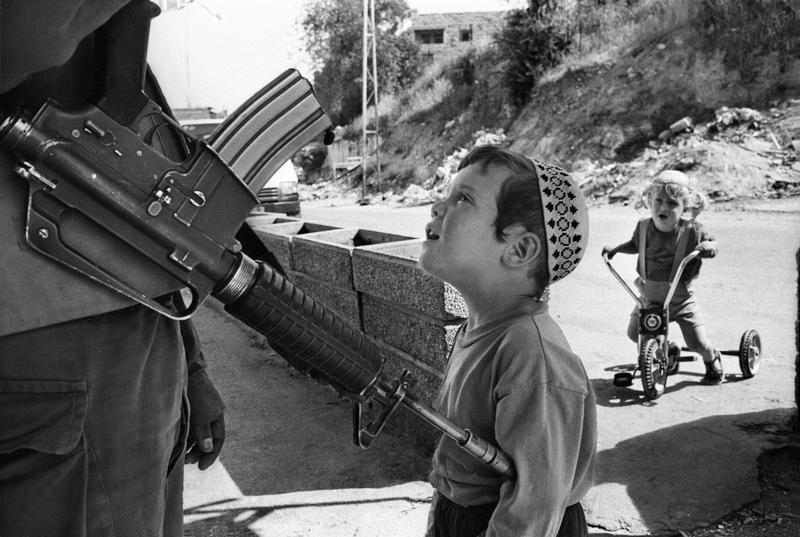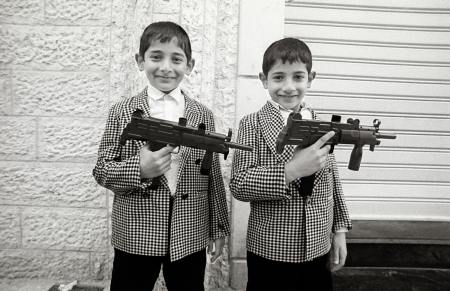Cinque tra i migliori fotografi italiani sono accordati da un sentire comune, che è la necessità impellente di trattare l’uomo.
Il loro lavoro diventa così un richiamo all’attenzione, un modo per non scordarsi chi c’è dietro ad ogni scatto, e riflettere sulla risposta.
Il movimento, il gioco di luci e ombre, la forza, acquistano sulla pellicola un senso nuovo, che è quello del soffermarsi sulle questioni e sulle persone. Impadronirsi di nuovo del tempo e analizzarlo come fenomeno umano.
Una volta che si è capito questo, sapienza tecnica e cifra stilistica vengono dopo.
Gianni Berengo Gardin (1930) parla di sé come di un testimone. L’arte non ha a che fare con la fotografia, il racconto sì, non a caso i suoi progetti sono stati sempre carezzati dall’ispirazione letteraria. Il suo lavoro è ricerca e rivelazione umana: cerca l’uomo anche dentro le sue opere materiali, parla dell’uomo con l’uomo. Il dialogo, la comunicazione, sono quindi al centro del suo interesse, e sostengono in modo inesauribile la sua produzione anche dopo tanti anni di carriera. La spontaneità, il rifiuto della messa in scena, l’urgenza della verità sono i capisaldi delle sue opere. Tra i vari soggetti ritratti troverete molti baci in strada: la Francia degli anni ’50 lo aveva stupito con il suo liberalismo.
Franco Fontana (1933) crede fermamente nella simbiosi tra fotografo e paesaggio. Fotografare è creare, “finché non la fotografi una cosa non esiste”. Nel suo lavoro hanno un ruolo centrale il colore e l’emozione, che in ogni foto si riducono a essere una cosa sola: l’istinto li mesce in un solo scatto e valorizza qualcosa di nuovo sottraendolo all’abitudine: infatti secondo Fontana i particolari sono oscurati dalla quotidianità, e così l’occhio umano perde la capacità di vedere ciò che ha sempre sotto mano. Le foto ti permettono di tornare a conoscere ciò che credevi di sapere, grazie all’opera di scoperta del fotografo, che interpreta i colori e il movimento. I suoi soggetti preferiti sono i campi della Puglia e della Basilicata, ma anche le metropoli vivaci degli USA.
Ferdinando Scianna (1943) diventa fotografo di moda quando Dolce e Gabbana, negli anni ’80, gli chiedono di collaborare con loro. Da allora comprende che anche la moda è un fatto umano, che egli documenta e ascrive nella memoria collettiva nel momento stesso in cui scatta una foto. Accetta la messa in scena dirigendo le modelle, ma senza negarsi l’incognita dello sperimentare. È convinto che bellezza e racconto debbano fondersi per avere un scopo. Gianni Berengo Gardin parla di lui come di un fotografo-autore: Scianna è sempre stato profondamente ispirato dalla letteratura, e cerca di leggere il mondo per interpretarlo, alla ricerca di una verità che però resta in ogni caso soggettiva.
Romano Cagnoni (1935) è un cacciatore di sentimenti: fotografare significa rivelare l’interiorità umana, non riferire semplicemente fatti di cronaca. Solo così l’attualità diventa interessante e fonte di riflessione. Ritiene fondamentale comunicare un’idea senza filtri o sovrastrutture: tutto deve passare in modo chiaro per essere incisivo. Non pensa di poter trovare nella moda quella componente umana di cui è alla ricerca, e non ama le foto costruite. Ama invece cercare la novità, fare un lavoro di cultura che spinga al desiderio di conoscenza. Ha un’idea precisa di realtà: la realtà è ciò che il soggetto percepisce come reale, tutte le sue foto sono perciò lo specchio della sua realtà.
Francesco Cito (1949) è un pioniere del fotogiornalismo. Vive i teatri di guerra e li racconta: anche per lui la fotografia non è una combinazione di luci e ombre, ma uno spunto per non interrompere mai il pensiero. Fotografare è secondo lui uno strumento per l’avventura, è l’immergersi in una realtà diversa e cambiare prospettiva. Ciò che conta nel suo lavoro è conoscere i soggetti, mettersi nei loro panni e guadagnarsene la fiducia: riconoscersi uomo in altri uomini. E soprattutto saper andare a fondo e cogliere l’essenziale. Ogni foto ha bisogno solo di trasmettere un concetto pulito e immediato, tutto il resto è inutile sovrastruttura: questo è uno dei motivi della sua predilezione per il bianco e il nero. La fotografia è quindi vicinanza, denuncia, ma anche libertà e introspezione.
[divider]ENGLISH VERSION[/divider]
A common feeling bound the best five Italian photographers; the urgent need of treating the human.
Their work becomes a call to attention, a way to not forget who’s behind every shot and to think about the answer. The movement, the effects of lights and shadows, the strength, acquire on the film a new meaning that is about dwelling on issues and people. Take possession of time and analyze it as a human phenomenon. Once this has been understood, technical knowledge and stylistic code come after.
Gianni Berengo Gardin (1930) talks about himself as a witness. Art doesn’t deal with photography, but so does the story, and it’s not a case that his projects have always been characterized by literary inspiration. His work is a research and human reveal: he searches human even into his material works, uses humans to tell about humans. Dialogue and communication are the centre of his interest and sustain unlimitedly his production even after many years of career. Spontaneity, rejection of put-on, urgency of truth: these are the cornerstones of his works. Between the different subjects in the pictures, you will find many kisses in the streets: the France of the 90s had stunned him with its liberalism.
Franco Fontana (1933) firmly believes in symbiosis between photographer and landscape. Photographing is creating, “until you photograph something, it doesn’t exist”. In his work a central role is played by color and emotion, that in every picture end to be a whole thing: instinct mix them in a unique shot and values something new, removing it from the routine: in fact, according to Fontana details are obscured by daily habits, and so the eye looses the ability to see what is always in front of it. Photographs allow you to come back to discover what you thought to know, thanks to the research of the photographer who interprets colors and movement. His favorite subjects are the lands of Puglia and Basilicata, but also lively metropolis of USA.
Ferdinando Scianna (1943) becomes a fashion photographer when Dolce and Gabbana, in the 80s, ask him to collaborate with them. Since then, he understands that also fashion is a human fact, which he documents and ascribes to collective memory in the moment in which he takes a picture. He accepts the put-on directing the models, but without renouncing to experimentation. He’s sure that beauty and story must unify to have a goal. Gianni Berengo Gardin talks about him as photographer-author: Scianna has always been deeply inspired by literature, and always tries to read the world to interpret it, looking for a truth which in any case remains subjective.
Romano Cagnoni (1935) is a hunter of feelings: photographing means revealing human interiority, and not simply reporting chronicle facts. Only in this way current events becomes interesting and source of reflection. He considers fundamental to communicate an idea without filters or superstructures: everything has to pass clearly to be trenchant. He doesn’t think that he would find in fashion that human component which he’s looking for, and he doesn’t love contrived photographs. He loves instead looking for innovation, doing a work of culture that could drive to a desire of knowledge. He has a precise idea of reality: reality is what the subject feels as real, so all his pictures are the mirror of his reality.
Francesco Cito (1948) is a pioneer of photojournalism. He lives the war scenes and reports them: also to him, photography isn’t a combination of lights and shadows, but a starting point to never interrupt thought. Photographing is to him an instrument for adventure, is like delve into a different reality and change perspective. What is important in his job is to know subjects, walk in their shoes and gain their faith; recognize himself as a man looking at other men. And above all be able to go deep and catch the essential. Every picture only needs to spread a clean and immediate concept, all the rest is useless superstructure: this is one of the reasons of his predilection for black and white. Photography is then affinity, denunciation, but also freedom and introspection.
Traduzione a cura di Eleonora Martelli

